The new draft makes important adjustments to update international standards, reduce administrative burdens for higher education institutions, and promote a culture of quality assurance in a substantive manner.
Some main contents of the draft include:
Update assessment standards according to AUN-QA 3.0
The new set of standards has been shortened from 25 standards and 111 criteria to 15 standards and 60 criteria, divided into 3 groups: Strategy - System - Results. This streamlining helps eliminate duplication, focusing on core requirements such as: vision, mission, development strategy, financial and human resource management, innovation, scientific research, labor market connection and community service.
Innovation in assessment
Instead of the previous 7-level scale, the Draft applies 2 assessment levels: pass and fail. In addition, a "conditional pass" mechanism is added: educational institutions can still be recognized if they meet most of the criteria and have a specific improvement plan within a certain period of time. In particular, the Draft proposes 02 options for consultation, including the option of determining a number of conditional criteria - core criteria that must be met, to ensure that schools focus on the system foundation and accountability to be compatible with the provisions of Circular No. 04/2025/TT-BGDDT regulating the accreditation of training programs at all levels of higher education.
Integrate the criteria assessment guide and forms into part of the Circular in the form of attached appendices.
Unlike the previous time when separate documents had to be issued for separate guidance, this Draft integrates all the criteria assessment guidelines and 15 forms into appendices attached to the Circular. This helps the document to be clearer in terms of law, creates consistency in application and is convenient for both educational institutions and accreditation organizations.
Supplementing specific regulations and enhancing transparency
The draft has separate regulations for schools under the Ministry of Public Security and the Ministry of National Defense to ensure information security requirements. At the same time, other facilities must publicly disclose self-assessment reports and external assessment reports, contributing to improving transparency and accountability to society.
Promoting technology application and digital transformation
The new standards and criteria emphasize internal quality assurance (IQA), information management and continuous quality improvement. Educational institutions need to effectively operate data management tools and measure outputs, thereby better serving quality monitoring, evaluation and improvement.
Clearly define responsibilities and post-audit
The draft supplements cases of revocation of accreditation certificates, and clarifies the responsibilities of educational institutions, accreditation organizations and management agencies in post-assessment monitoring.
With the above new points, the Draft Circular aims to reduce workload – streamline – modernize – integrate, while encouraging schools to proactively improve continuously, be more transparent and approach international standards. This is an important step in the roadmap for innovation in quality management of higher education in the period 2025-2030.

80 years of educational innovation: From 'ignorance' to national education

Story with 'two-country professor' Nguyen Ngoc Thanh

More universities give lucky money to students on September 2nd
Source: https://tienphong.vn/de-xuat-bo-sung-truong-hop-thu-hoi-giay-kiem-dinh-chat-luong-co-so-giao-duc-dai-hoc-post1775042.tpo


![[Photo] Prime Minister Pham Minh Chinh and United Nations Secretary-General Antonio Guterres attend the Press Conference of the Hanoi Convention Signing Ceremony](https://vphoto.vietnam.vn/thumb/1200x675/vietnam/resource/IMAGE/2025/10/25/1761391413866_conguoctt-jpg.webp)
![[Photo] Prime Minister Pham Minh Chinh receives United Nations Secretary-General Antonio Guterres](https://vphoto.vietnam.vn/thumb/1200x675/vietnam/resource/IMAGE/2025/10/25/1761390212729_dsc-1484-jpg.webp)
![[Photo] National Assembly Chairman Tran Thanh Man receives United Nations Secretary-General Antonio Guterres](https://vphoto.vietnam.vn/thumb/1200x675/vietnam/resource/IMAGE/2025/10/25/1761390815792_ctqh-jpg.webp)



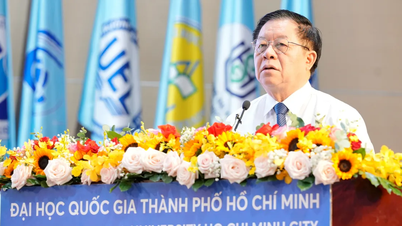

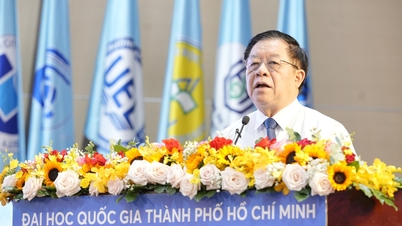

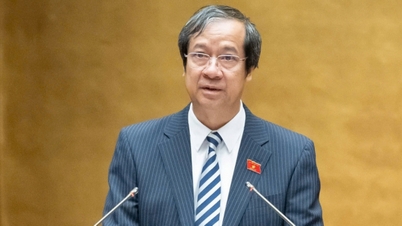









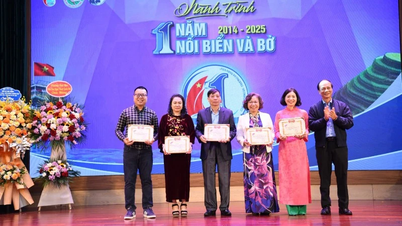

















![[Photo] General Secretary To Lam meets with General Secretary and President of Laos Thongloun Sisoulith](https://vphoto.vietnam.vn/thumb/1200x675/vietnam/resource/IMAGE/2025/10/25/1761380913135_a1-bnd-4751-1374-7632-jpg.webp)






































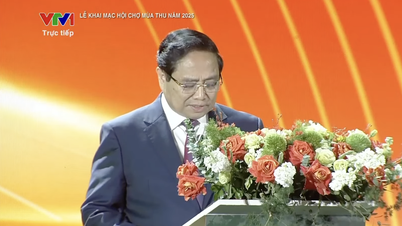




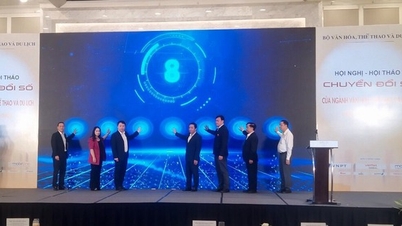



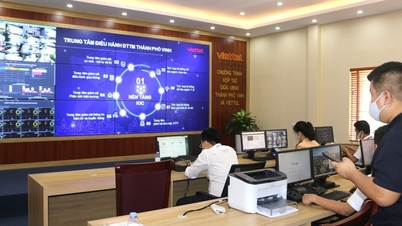

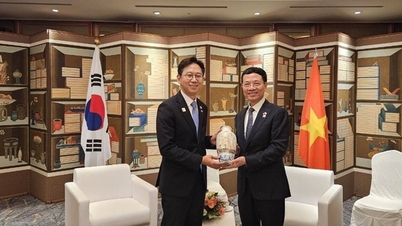
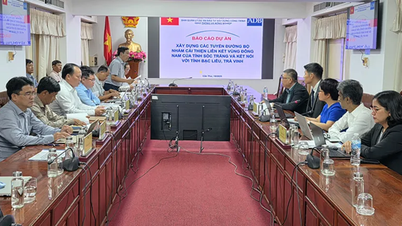





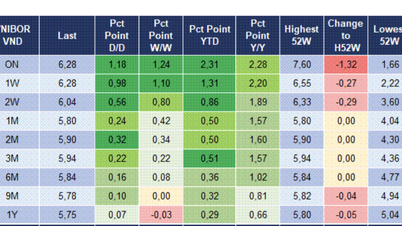

















Comment (0)